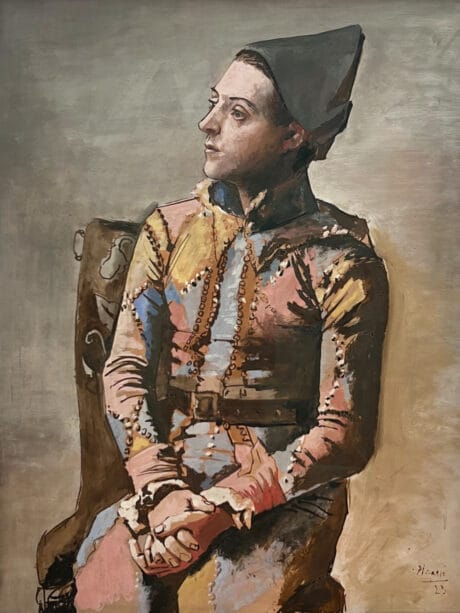Switzerland’s leading art museum, the Kunstmuseum Basel, spans six centuries of Western art—from late medieval panels to contemporary installations.

Across its main buildings, you’ll encounter the world’s largest Holbein holdings, standout Impressionists and classical modernists, key Swiss masters such as Ferdinand Hodler and Arnold Böcklin, major 20th-century American art, and select sculptures by Rodin and Giacometti. Weekdays after 17:00, admission to the collections is free.
Why Is the Kunstmuseum Basel Special?
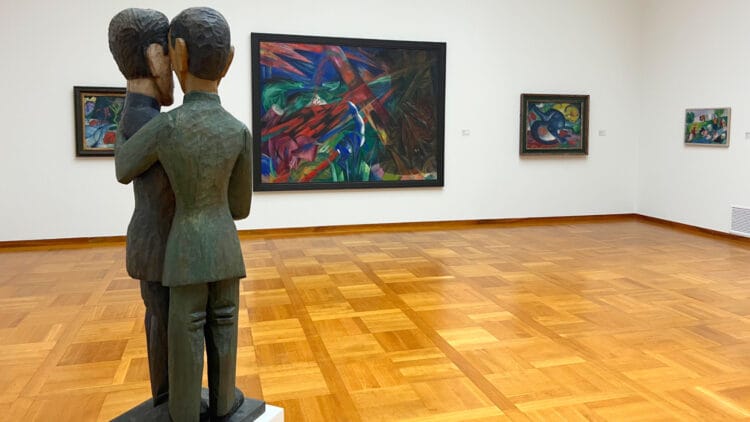
The Kunstmuseum Basel is the largest and most renowned fine arts museum in Switzerland with a world-class collection of paintings.
- Old Masters to Modern Icons: Masterpieces from the Netherlands and Germany (Cranach, Brueghel, Rubens, Rembrandt) through Impressionism and the early 20th century (Van Gogh, Monet, Cézanne, Renoir, Kandinsky, Mondrian, Matisse).
- The Holbeins in Basel: The world’s largest ensemble by the Holbein family, with star works by Hans Holbein the Younger.
- Swiss Highlights: Major canvases by Ferdinand Hodler and Arnold Böcklin anchor the national story.
- Modern & American Art: Important holdings include works by Picasso, Paul Klee, Rothko, Jasper Johns, and others.
- Sculpture: Choice pieces by Auguste Rodin and Alberto Giacometti.
- Works on Paper: An outstanding Kupferstichkabinett with hundreds of thousands of prints and drawings.
Star Works in the Basel Art Museum
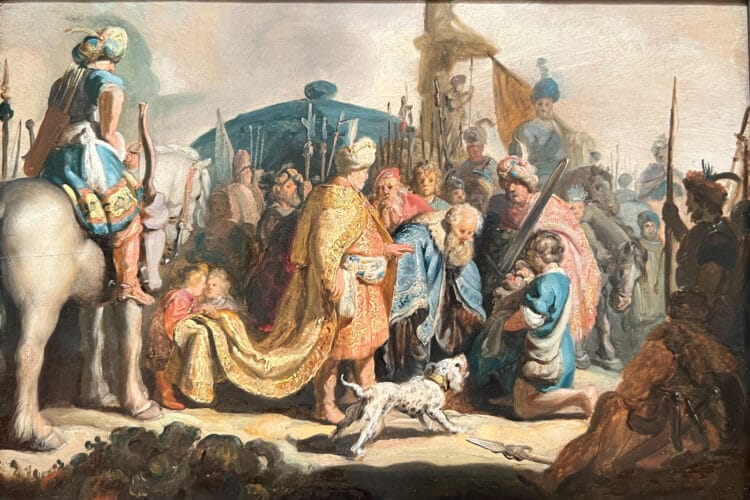
Top artworks and a few personal favorites in the Kunstmuseum Basel include:
Franz Marc, Tierschicksale (Animal Destinies / Fate of the Animals, 1913)
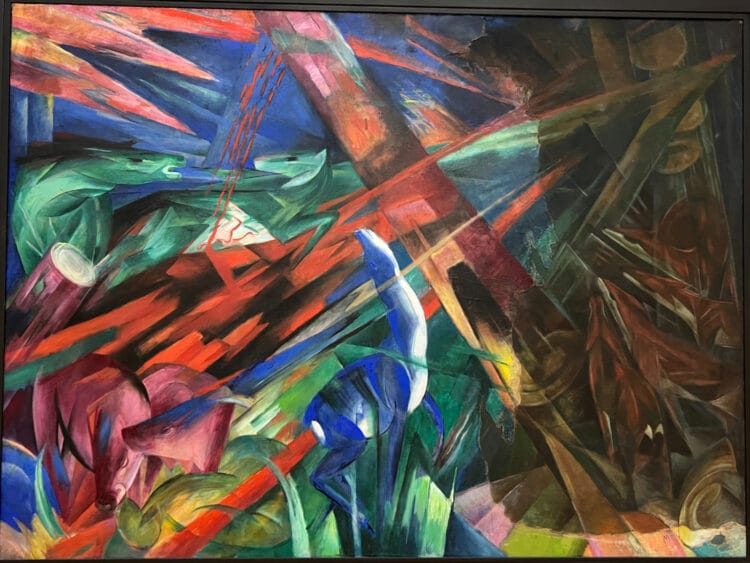
Marc’s tense, visionary painting—large, fractured, and emotionally charged—reads like a premonition of the catastrophe of war. Nearby, earlier Marc favorites—Two Cats, Blue and Yellow (1912) and A Bison in Winter (The Red Bison) (1913)—offer a gentler entry into the Blue Rider spirit.
For a deeper dive into Der Blaue Reiter across many artists, visit the movement’s greatest collection in Munich’s Lenbachhaus.
Picasso in Basel
Two Picasso paintings are central to the city of Basel’s art collection: The Two Brothers (1906) from the Gósol period and Seated Harlequin (1923). When their longtime lenders decided to sell in 1967, Basel citizens approved a public loan to buy them—a landmark vote in cultural policy. Picasso, impressed, donated four additional works, including Venus and Cupid (1967), The Couple (1967), Man, Woman, and Child (1906), and a Compositional Study for “Les Demoiselles d’Avignon”. Numerous further Picassos entered the museum via private gifts.
Hans Holbein the Younger

Two signature works embody Holbein’s range and precision:
- The Dead Christ in the Tomb (1521–22), a startlingly elongated panel (approx. 32 × 202 cm) commissioned by Bonifacius Amerbach, whose superb portrait (1519) by Holbein is also in Basel.
- Portrait of Erasmus of Rotterdam Writing (1523), one of several versions that shaped Erasmus’s public image and echo related portraits now in Paris and London.
Lucas Cranach the Elder

Among roughly two dozen Cranachs in the Kunstmuseum Basel, The Judgement of Paris (1528) and Lucretia (ca. 1535/40) stand out—fascinating comparisons to Italian ideals of beauty from the same era.
Arnold Böcklin
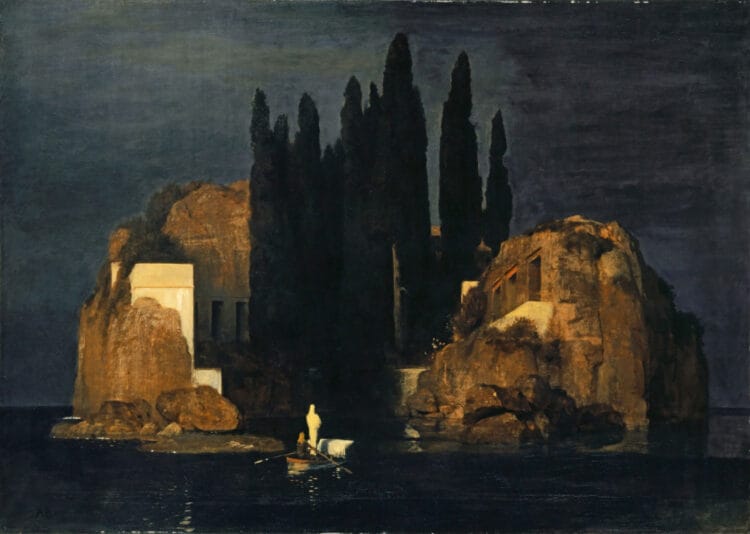
Basel holds the largest collection of works by the locally born symbolist, including the first version of Island of the Dead (1880). Also look for The Isle of the Living (1888), often read as a pendant, though likely not intended as such.
Auguste Rodin Sculptures in Basel
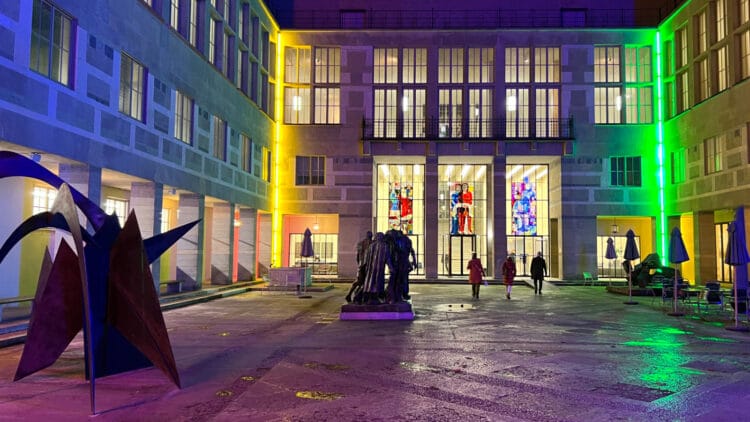
In the courtyard (free to enter), you’ll find The Burghers of Calais—a powerful group cast in 1942/43—and inside, The Age of Bronze (cast in 1942) and the plaster Walking Man (1907). Alexander Calder’s Big Spider (1959) shares the outdoor stage.
Ferdinand Hodler, View Into Infinity (1913/14–16)

A monumental statement placed at the second-floor entrance, this expansive composition (approx. 446 × 895 cm) is unforgettable. Originally intended for Zürich, it found its permanent home in Basel; Hodler produced four smaller versions for other Swiss cities.
Impressionist, Modern & American Art

Basel was an early European champion of American post-war art. In 1959, it acquired Mark Rothko’s No. 16 (Red, White and Brown) (1957), and now displays three Rothkos among broader holdings that include Jasper Johns and contemporaries. Across impressionist art and classical modernist rooms, you’ll also meet Van Gogh (self-portrait; Marguerite Gachet at the Piano and a Montmartre view), Monet’s water-lily world, Kandinsky improvisations, a classic Mondrian, Rousseau’s jungle, Degas’s jockey, Schiele’s incisive portraiture, Delaunay’s aeronautical homage, and several Alberto Giacometti sculptures.
→ For a fuller description of these artworks and the museum collection, see also Visit the Kunstmuseum Basel — Switzerland’s Top Art Museum.
Visitor Information: Kunstmuseum Basel
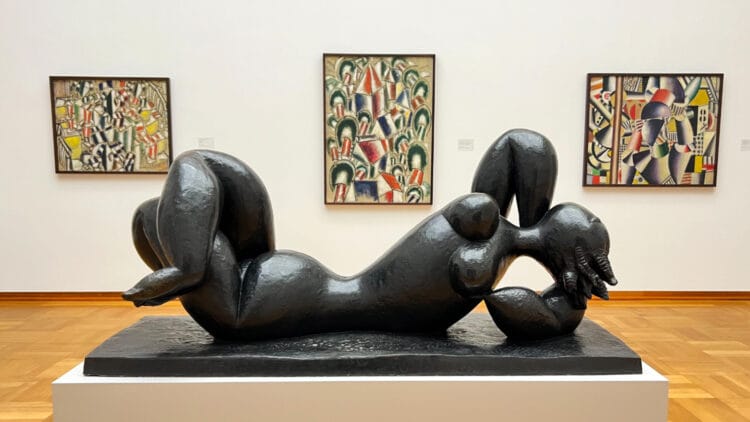
Three Buildings, One Museum
The art collection of the Kunstmuseum Basel is presented in three separate museum buildings — all usually covered by the same ticket:
- Hauptbau (Main Building, 1936): Art from the 15th century to around 1950.
- Neubau (2016): Mostly 20th-century art and special exhibitions.
- Gegenwart (1980): Contemporary art with frequently changing displays and a permanent installation by Joseph Beuys.
The Hauptbau and Neubau connect via an underground passage; Gegenwart is a short walk away when open.
Note: Kunstmuseum Basel | Gegenwart has been closed since May 2025 due to a technical issue; reopening has not yet been announced.
Opening Hours of the Basel Art Museum

Hours (Hauptbau & Neubau): Tuesday–Sunday 10:00–18:00 (Wednesday to 20:00). Closed Monday (holiday exceptions possible).
Kunstmuseum Basel | Gegenwart Tuesday–Sunday 11:00–18:00 (may still be closed due to a technical issue).
Tickets for the Kunstmuseum Basel Art Museum
Standard admission is CHF 25 for the permanent art collections and most exhibitions; special exhibitions may raise it to CHF 30. Students up to 25 and ages 13–19: CHF 12. Children 12 and under: free.
Buy tickets online or in person at any of the three museum buildings. Time-slot reservations are usually not used.
Free entry for everyone on weekdays after 17:00 (especially good on Wednesdays when open to 20:00) and on the first Sunday of the month (holidays excluded).
Holders of the Swiss Museum Pass and the Swiss Travel Pass are covered; RailAway train packages may also bundle savings.
Location & Transport
Location: Kunstmuseum Basel, St. Alban-Graben 16, 4051 Basel—an easy walk from the Basler Münster, Barfüsserplatz (main Christmas market), and the city center.
Transportation: Use tram stop “Kunstmuseum”:
- From Basel SBB: tram 1 or 2 toward Badischer Bahnhof;
- From Badischer Bahnhof: tram 1 (Dreirosenbrücke) or 2 (Bingen).
- From EuroAirport: take Bus 50 to Basel SBB, then tram; details here: transport from EuroAirport.
